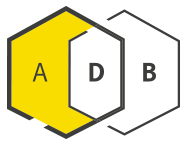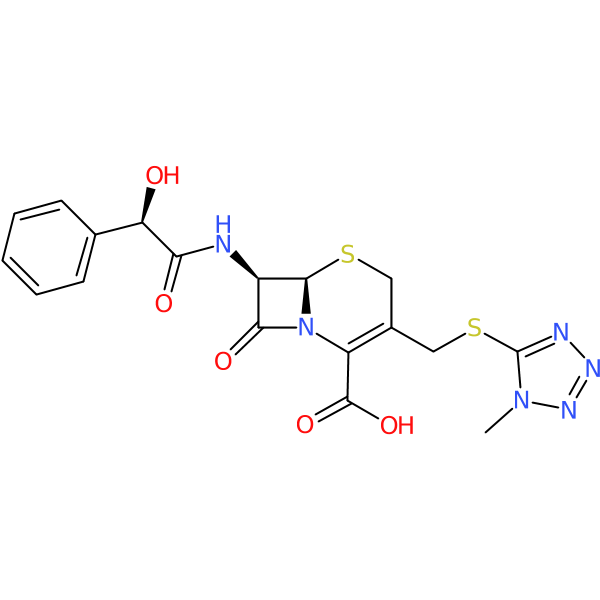Compound ID | 1890
Cefamandole
Class: Beta-lactam (cephalosporin, second generation)
| Spectrum of activity: | Gram-positive & Gram-negative |
| Details of activity: | Binds to bacterial penicillin-binding proteins (PBP) and interferes with bacterial cell wall integrity and synthesis. Active against Gram-positive bacteria and against many Enterobacteriaceae but vulnerable to extended-spectum beta-lactamases (ESBL) |
| Description: | Semisynthetic Cephalosporin, derived from Cephalosporin C |
| Year first mentioned: | 1974 |
| Development status: | Approved, off-patent, discontinued in many countries |
| Chemical structure(s): | |||||||||||
|
|
| External links: | |
| PubChem link: | https://pubchem.ncbi.nlm.nih.gov/compound/456255 |
| Guide to Pharmacology: | cefamandole |
| Citation: | https://www.guidetopharmacology.org/GRAC/LigandDisplayForward?ligandId=11047 |


